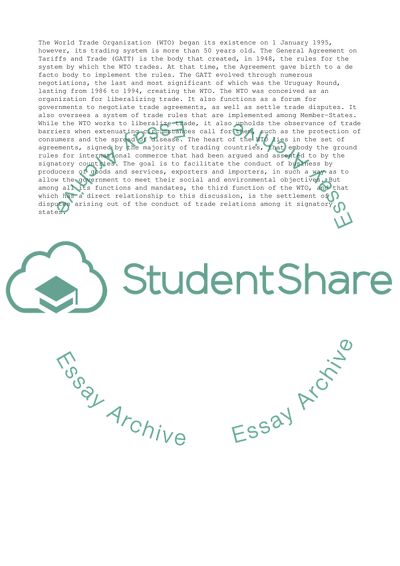Cite this document
(The Dispute Settlement Mechanism of the WTO: the Weaknesses of Its Research Paper, n.d.)
The Dispute Settlement Mechanism of the WTO: the Weaknesses of Its Research Paper. Retrieved from https://studentshare.org/business/1747054-critically-appraise-the-dispute-settlement-mechanism-of-the-wto
The Dispute Settlement Mechanism of the WTO: the Weaknesses of Its Research Paper. Retrieved from https://studentshare.org/business/1747054-critically-appraise-the-dispute-settlement-mechanism-of-the-wto
(The Dispute Settlement Mechanism of the WTO: The Weaknesses of Its Research Paper)
The Dispute Settlement Mechanism of the WTO: The Weaknesses of Its Research Paper. https://studentshare.org/business/1747054-critically-appraise-the-dispute-settlement-mechanism-of-the-wto.
The Dispute Settlement Mechanism of the WTO: The Weaknesses of Its Research Paper. https://studentshare.org/business/1747054-critically-appraise-the-dispute-settlement-mechanism-of-the-wto.
“The Dispute Settlement Mechanism of the WTO: The Weaknesses of Its Research Paper”, n.d. https://studentshare.org/business/1747054-critically-appraise-the-dispute-settlement-mechanism-of-the-wto.


